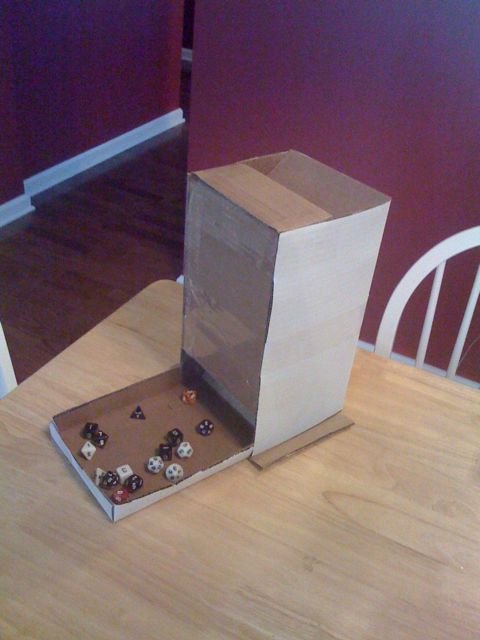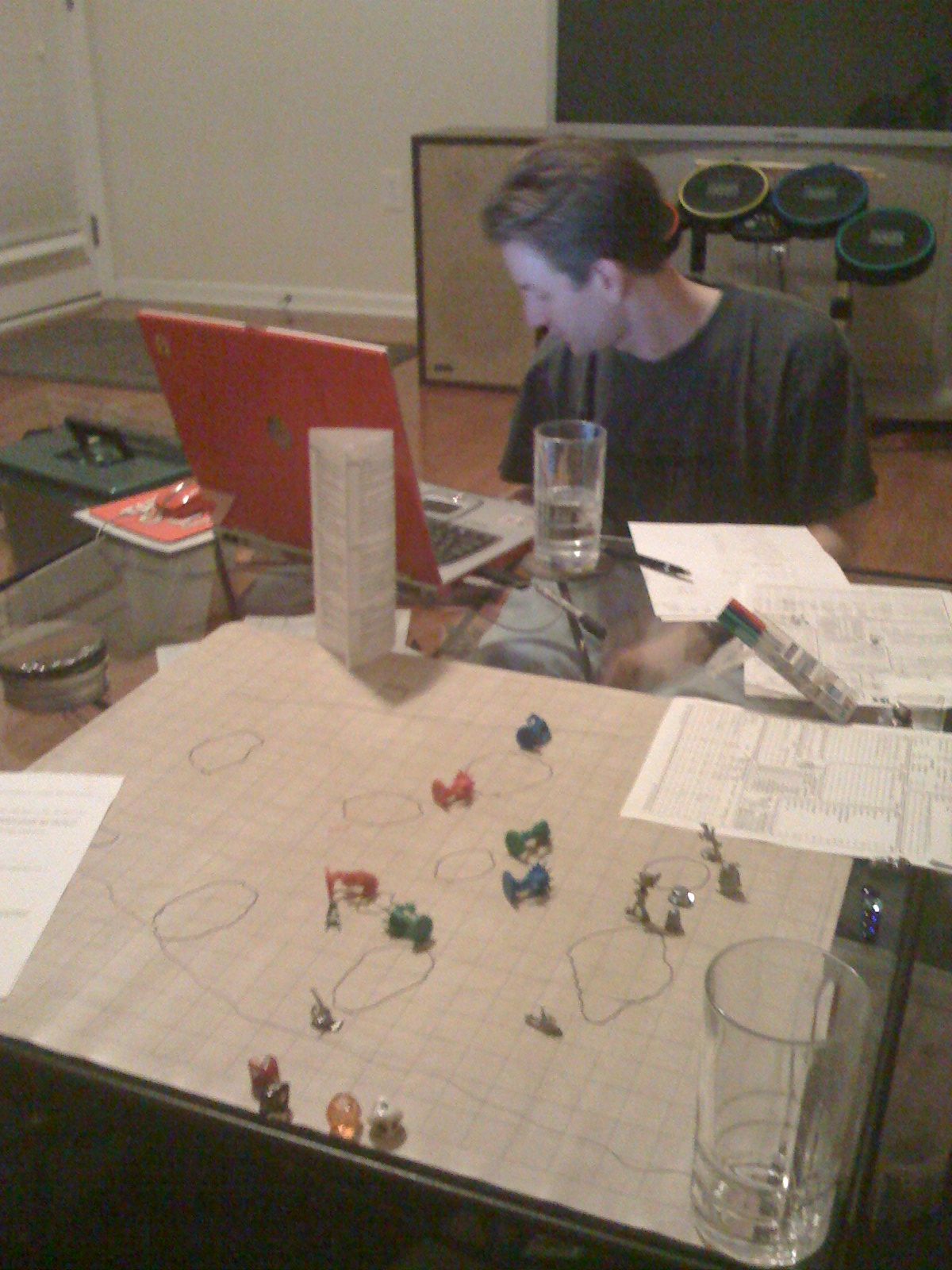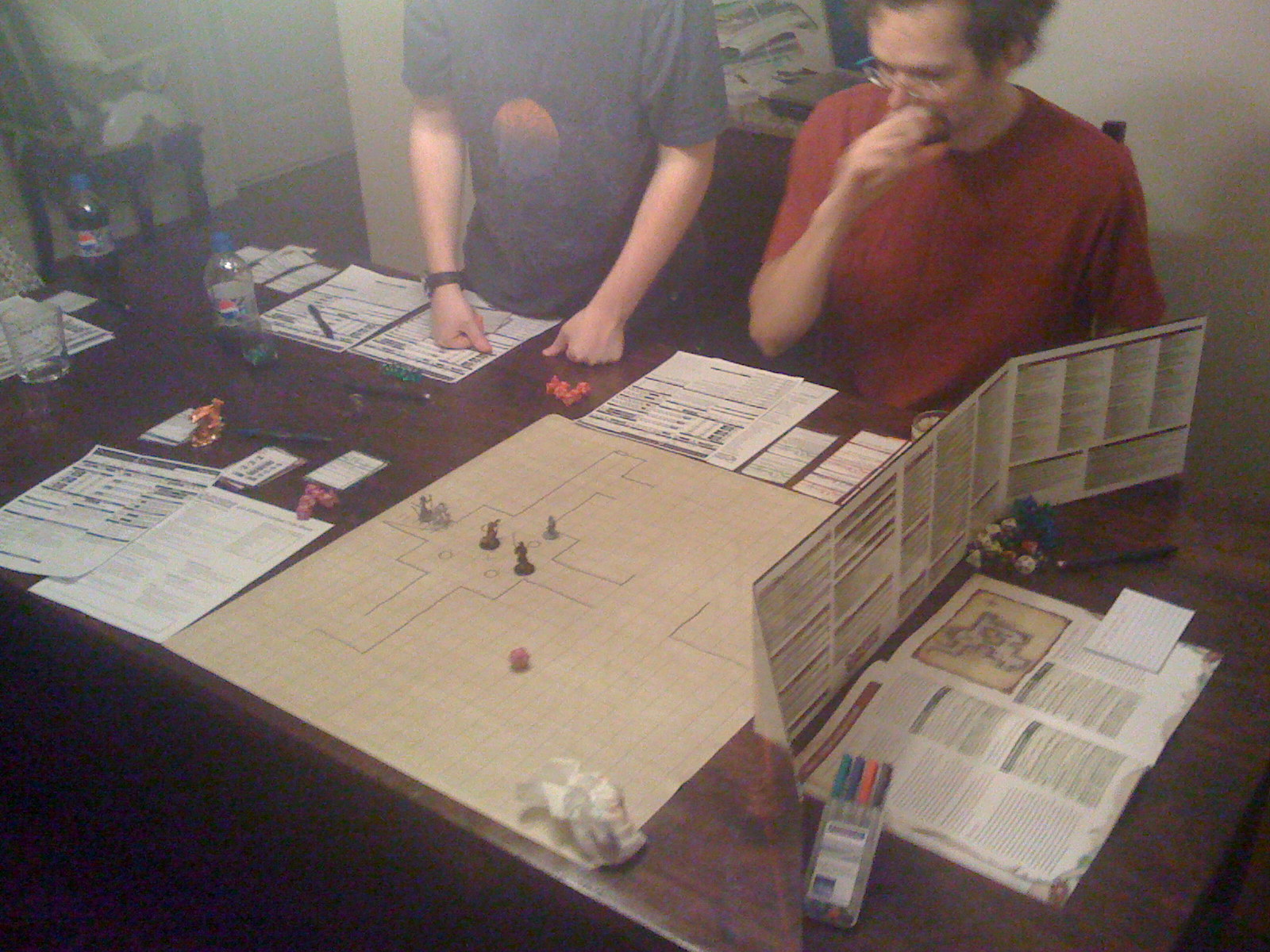It’s been a while since I posted. Long story for another post.
I came across this post on Adventures in Gaming. And, I have to admit, I think Mishler is right.
There is one core issue that keeps adventure game industry small and micro press role-playing game companies from being able to charge what they need to in order to be able to afford all the bells and whistles much larger companies can afford: the price sensitivity of the gaming consumer.
The RPG industry is slowly dieing. Local gaming stores are difficult to operate without losing money or having another source of income. There’s a solution.
Grow the market.
The market is too small to sustain the companies in the industry. Growing a market is hard work, though. I’m not really sure anyone working in the industry is going to put aside their livelyhood today in order to save their job five years from now. From a consumer and corporate viewpoint, building the market up will cost more money. Money that people will say they can’t afford to spend.
So, in short, if you aren’t willing to spend money just to grow the market, you are essentially saying you are fine letting the RPG industry die a slow and painful death. This means spending more money for consumers by purchasing RPG materials from gaming stores instead of online, direct from distributers. It means companies trimming production costs and spending money on gaming stores and advocacy.
The music industry is currently going through a huge upheaval. A good summary of their new gameplan is given by Michaek Masnick from techdirt.
Connect With Fans (CwF) + Reason To Buy (RtB) = The Business Model ($$$$)
I bring this up because it’s a simple concept of how to make money. And, while it’s fun to play RPGs, the only way to keep getting great RPGs and new RPGs is for people to make money publishing and writing RPGs. This formula is very simple and easy to understand, and I can say that in the past several years, the RPG industry has done almost nothing but try to put their biggest connection with fans out of business. The direct sales model has pulled an end-run on the RPG industry’s largest fan building system, which is the local gaming stores. I’m not going to say that going back to that model is the only way to connect with fans, but it’s a good start in lieu of a better idea.
The other half of this equation is the reason to buy. In the context of the music model Masnick is talking about, the music is usually given away for free and you have to find a reason for fans to give you money. Often in the context of value-add that is original, unique, and highly desired by fans. So, why not apply this same concept to an RPG? Give the core mechanics away for free. The meat of the game. Free. Allow it to be downloaded in PDF for free to anyone who wants it. But what could you sell? Maybe a black and white, soft-back version of the rules for $15. And a full color, hardbound for $40. And a limited edition signed by the authors/artists for $130, of which you only have fifty copies. You could sell miniatures if the game needs them. You could sell modules, adventures, tools, etc. Maybe you give modules away for free, but you charge money for printer copies like your core rules. These versions for sale could include color maps, etc. This kind of model offers options for people across a wide swath. People looking for a new game might download the free version, then order a black and white copy for play. Dedicated fans might purchase the hardbound version. And your rabid fans who mail you their panties could purchase the signed copy of the core rules. Options are always great!
If the music industry is any indicator, this model could possibly make money and grow the market at the same time. Worst case scenario, you get a great game out into the public and build your market at the loss of some revenue. Revenue that you are going to lose over time regardless. Any market is like a bucket with a hole in it. You are always losing customers. You have to keep adding water to the bucket!




